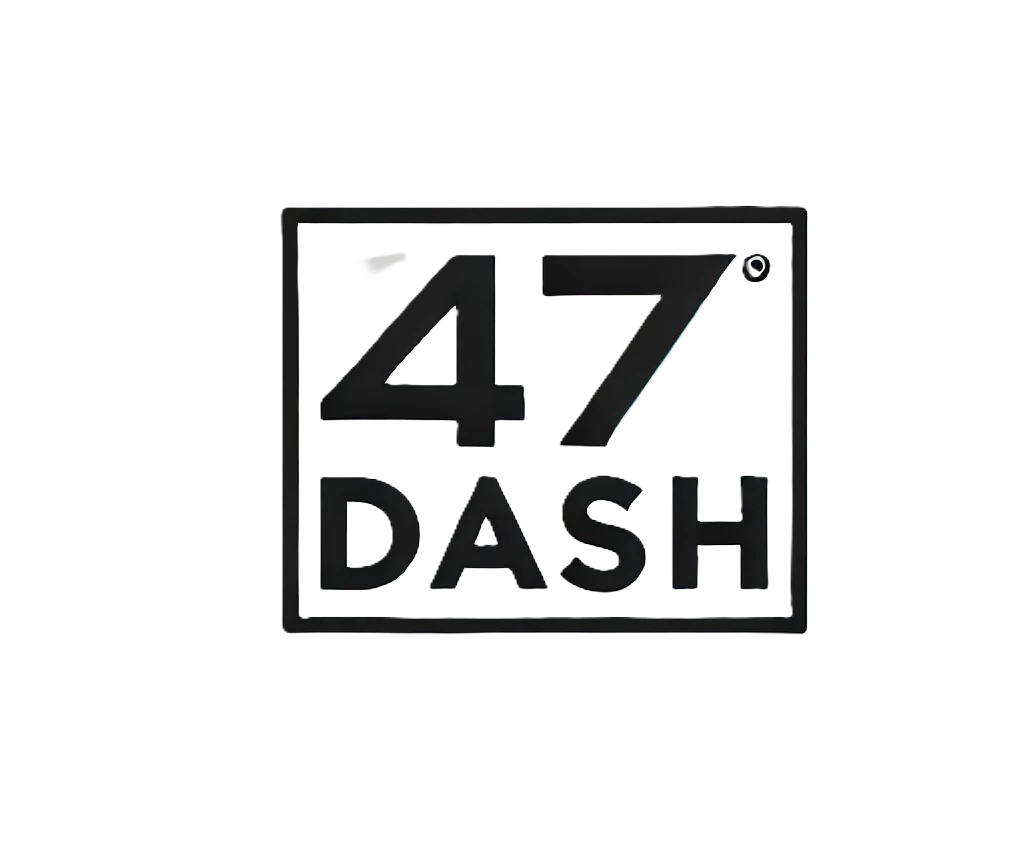Blog
Ethereum: Single Mining or Pool for New Cryptocurrencies?
Ethereum: Solo vs. Pool Mining for New Crypto-Currencies
As a cryptocurrency newbee, you’re likely aware of the excitement and uncertainty surrounding the rise of Ethereum (ETH) and its potential to disrupt the traditional mining landscape. With prices fluctuating wildly, some miners are struggling to stay afloat at current rates. One common question that has been on many minds is whether solo mining or pool mining will earn them enough to keep their rigs operational.
In this article, we’ll delve into the world of Ethereum mining and explore both solo and pooled approaches. We’ll examine the pros and cons of each method, including estimated hash rate (kHash/s), energy consumption, and potential returns on investment (ROI).
Solo Mining: A Brave New World
Solo mining involves using a single computer or device to mine ETH without any assistance from other miners. This approach requires significant computational power and can be relatively straightforward. However, it also comes with some risks.
Here are the pros and cons of solo mining:
Pros:
- Higher Hash Rate: Solo mining allows you to use more powerful hardware and take advantage of economies of scale, increasing your hash rate.
- Lower Operating Costs
: Since there’s no need to compete with other miners for resources, solo mining often requires less energy to operate.
Cons:
- Higher Risk: With so much competition in the solo mining space, you’re at a higher risk of being outcompeted and losing your rig.
- Limited Scalability: Solo mining can only handle one machine, limiting scalability and making it difficult to keep up with increasing demand.
Estimated Hash Rate (kHash/s) for solo mining:
- 12-14 kHash/s: A relatively high hash rate that requires significant computational power
- 6-8 kHash/s: An average hash rate suitable for most rigs, but still challenging to maintain
Pool Mining: Joining Forces with Other Miners
Pool mining is a collective approach where multiple miners join forces to mine Ethereum. This method allows you to pool your resources and share the costs, making it more feasible for beginners.
Here are the pros and cons of pool mining:
Pros:
- Increased Hash Rate: By combining your individual hashes, you can significantly increase your overall hash rate.
- Lower Operating Costs: Since you’re not paying individual operating costs, pool mining often requires less money upfront.
Cons:
- Higher Risk: As with solo mining, you’ll be competing against other miners for resources, increasing the risk of being outcompeted.
- Dependence on Others: Your success relies on the performance of your pool partners, making it crucial to have a strong network of trustworthy miners.
Estimated Hash Rate (kHash/s) for pool mining:
- 15-18 kHash/s: A respectable hash rate that’s still relatively high but may not be as profitable
- 10-12 kHash/s: An average hash rate suitable for most pools, but might struggle to reach the higher end of this range
Energy Consumption and ROI
Both solo mining and pool mining require significant amounts of energy to operate. However, the cost of electricity varies greatly depending on your location.
Assuming an average electricity price of $0.05/kWh, here’s a rough estimate of the annual costs for each approach:
- Solo Mining: 12-14 kHash/s x 1,000 hours/year x $0.10/kWh = $120-$140 per year
- Pool Mining: 15-18 kHash/s x 1,000 hours/year x $0.05/kWh (pool cost) + $20-$30 (individual miner cost) x 12 months = $600-$720 per year
Based on these estimates, solo mining may be more profitable in the short term due to its higher hash rate and lower operating costs. However, pool mining can offer a more stable income stream with potentially lower individual costs.
Conclusion
When it comes to Ethereum mining, both solo and pooled approaches have their pros and cons.

